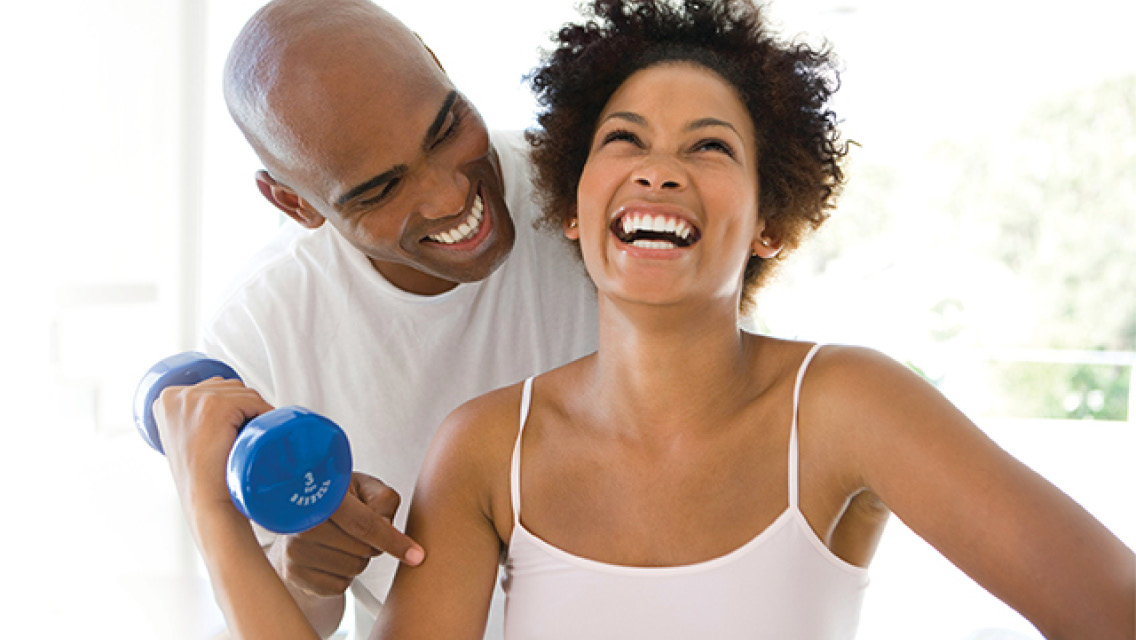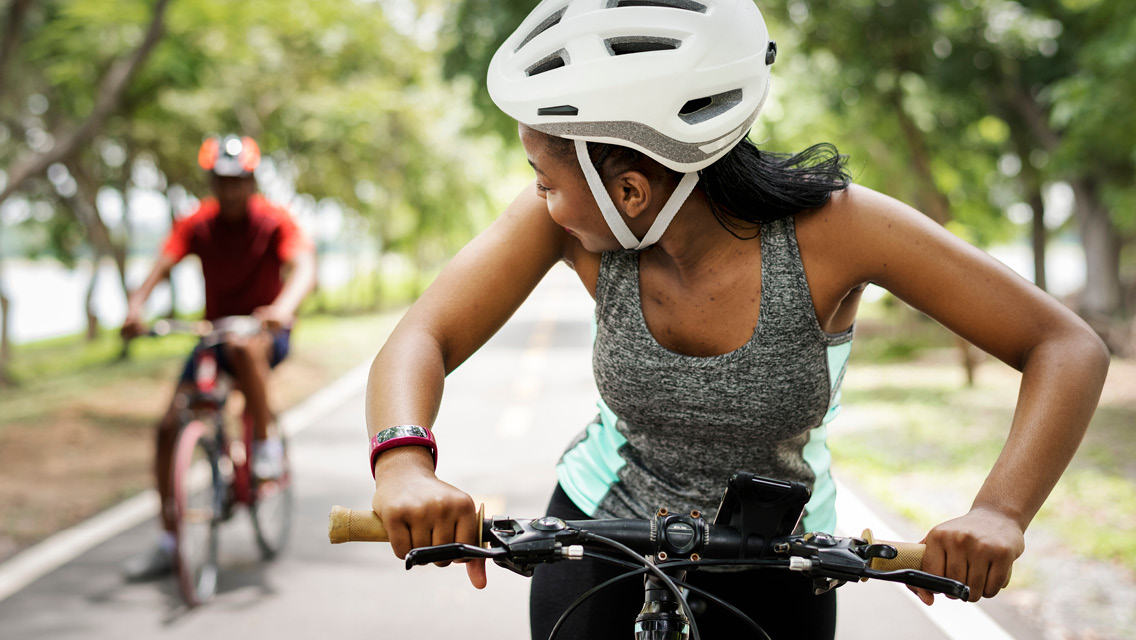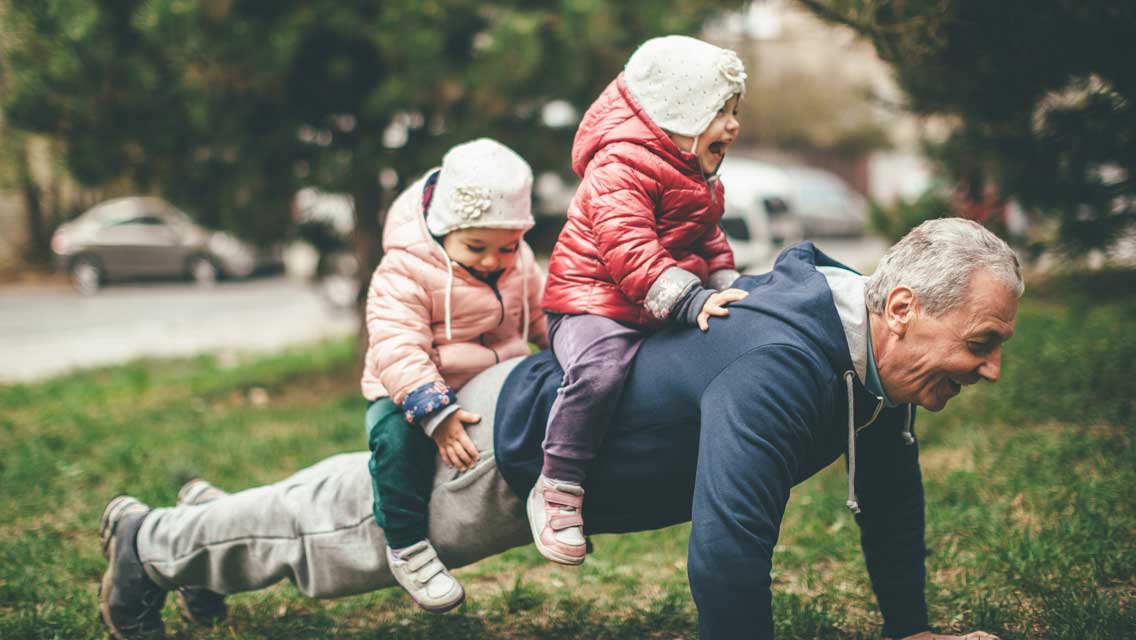There’s no denying that exercise makes you gorgeous — inside and out. It’s been shown to boost self-confidence, increase stature, decrease visceral fat, reduce anxiety, support restful sleep, regulate sex hormones, keep muscles strong and supple, stave off dementia, and brighten skin — contributing to the much sought-after “healthy glow” touted by cosmetics companies.
And now, there’s more evidence that regular sweat sessions benefit the health of your skin as you age.
Preliminary research by scientists at McMaster University in Ontario shows that exercise not only keeps skin looking young — it may also reverse signs of aging, making skin healthier on a microscopic level.
In one experiment, described in a recent New York Times article, the researchers biopsied the skin of 29 men and women ranging in age from 20 to 84, and analyzed the inner-most and outer-most layers of the skin. The study focused on the skin of the buttocks since that area is generally unaffected by sun damage.
In normal aging, the top layer of the epidermis thickens, making skin appear dry and flaky. The deepest layer simultaneously thins, creating the appearance of loose, saggy skin.
When considered strictly in terms of age, the skin samples yielded unsurprising results: The older participants had thicker top layers and thinner inner layers of skin.
But when the researchers organized the skin samples based on exercise habits, they found that people over the age of 40 who exercised frequently had skin comparable to that of people half their age. This is evidence that exercise may prevent aging in the skin, according to the Times.
In another experiment, the same researchers gathered sedentary volunteers aged 65 and older, and put them on a three-month exercise program requiring them to jog or bicycle twice a week at a moderately strenuous pace. Before and after biopsies indicated that, over the course of three months, the health of skin actually improved.
According to the Times, the mechanism behind the skin composition improvements is “not completely clear,” but the researchers suspect that myokines — substances created by working muscles — play a role.
In this case, the scientists found greatly augmented levels of a myokine called IL-15 in the skin samples of volunteers after exercise. Their skin samples contained almost 50 percent more IL-15 after they had been exercising than at the start of the study.
— “Younger Skin Through Exercise” by Gretchen Reynolds (New York Times, April 16)
The article notes that the researchers believe other myokines may also play a role, “making it unlikely that any IL-15 pill, salve, or injection will ever replicate the skin benefits of a workout.”
All the more reason to keep up that regular fitness regimen.
To learn more about exercise, skin health, and aging, check out these related articles:
- 8 Ways Exercise Makes You Gorgeous
- Health: The New Sex Symbol
- Beauty Beheld: Cindy Joseph on self-image and aging
- Skin Deep: How skin reflects and affects your health
- Beauty Beware: Chemicals in common personal care products
- Common skin problems and how to deal — naturally
- Power Aging: Age-specific strategies for long-term health and fitness



This Post Has 0 Comments